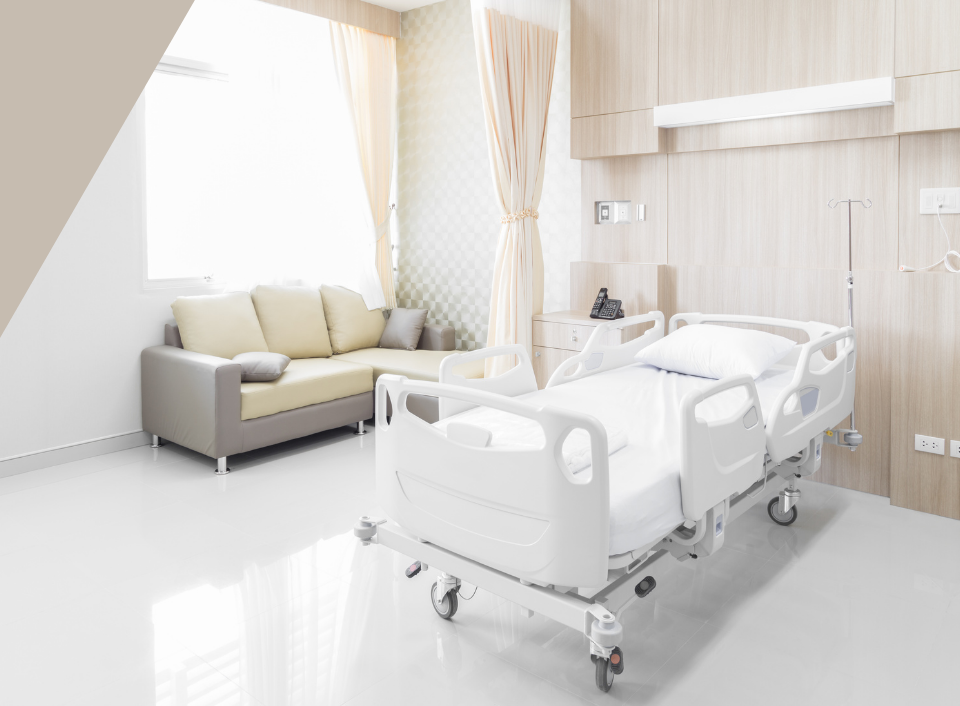Last week, Lutron held a multi-day workshop covering lighting controls for the health sector.
“Lighting Tomorrow’s Healing Environments: A Lighting & Controls Workshop for Healthcare” covered patient experience, staff operations, and technical lighting. The overall theme focused on how lighting design in healthcare environments can cater to this sector with efficiency.
Presentations included the patient experience and patient comfort. Best practices in hospital lighting design emphasize natural light, use dynamic lighting strategy and intuitive controls. One example is Lutron’s use of separate control panels in patient rooms and hospital personnel. Patients can operate their own in-room lighting and window shades from their bedside pillow speaker and with intuitive controls that are less technical than what might be found on staff lighting controls. This gives patients a sense of “ownership” that otherwise might feel uncomfortable.
Meanwhile, staff controls can be located near the door and other high-touch areas of the patient room, with features that are still intuitive but more specialized—perhaps for exams, reading charts, etc.
For all, however, a dynamic light approach is favored. This takes into consideration the outside lighting conditions, including time of day and adapts indoor lighting to match. Natural light is important to the healthcare setting, which often gets a reputation for fluorescent or harsh lighting.
In the second session, the conversation shifted from the patient experience to the staff experience. After all, the goal of hospitals and healing spaces should also be about creating a good environment for caregivers, as well as patients. The biggest hurdle in this area is that caregivers employ many varied spaces throughout their workday—all of which have different purposes and require different lighting considerations. One way to do this is to group together spaces with similar uses to plan lighting design. Additionally, most spaces have the ability to coordinate different tasks. Advanced controls for staff allow healthcare spaces to streamline workflows, aiding staff and healthcare organizations as a whole.
Key takeaways from technical lighting were about coordination in the design process—integrating shade control from a single manufacturer, working with a partner that supports all project phases and choosing correct technology for space and budget, while still ensuring that the delivered project will have the bandwidth for future upgrades.



